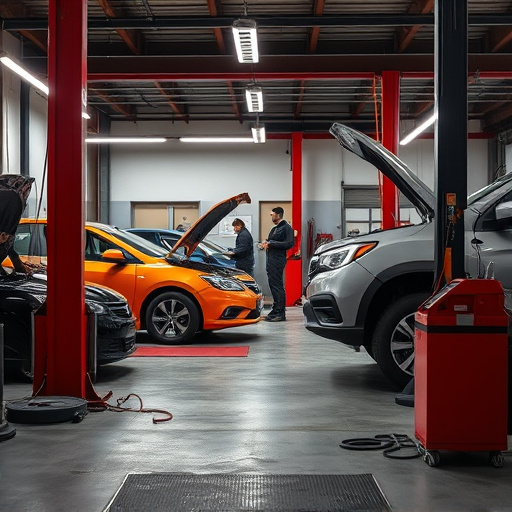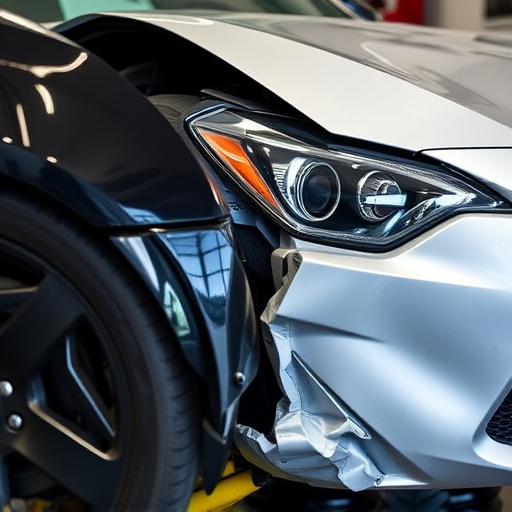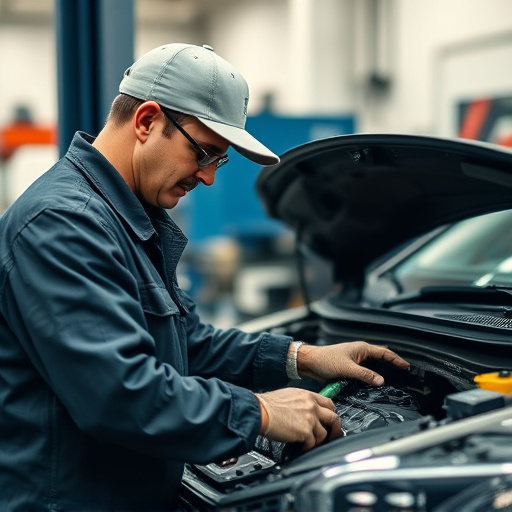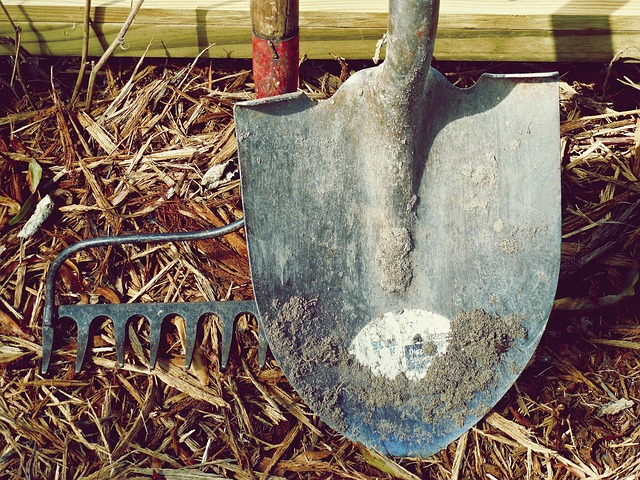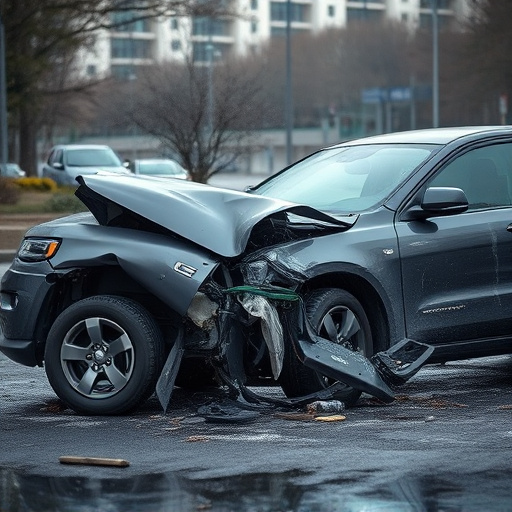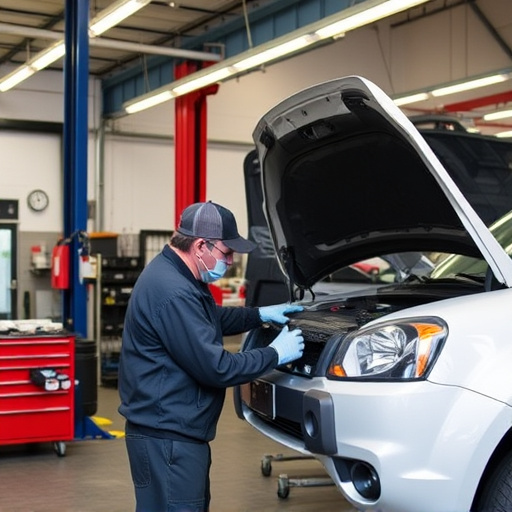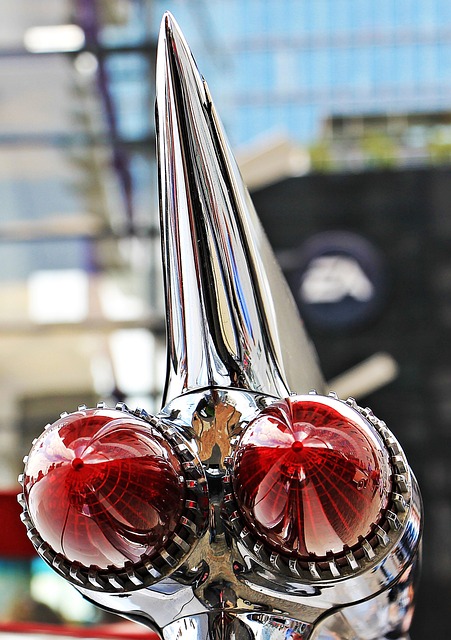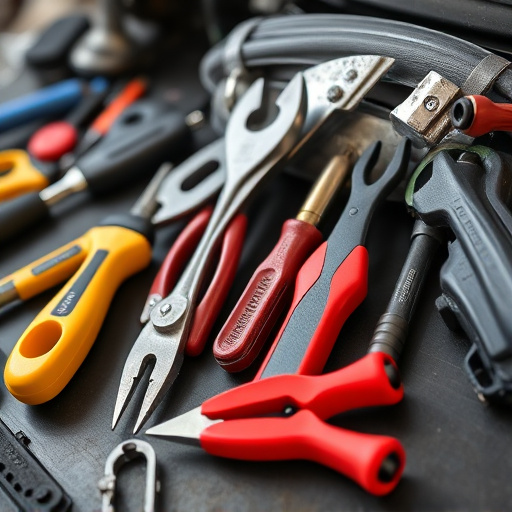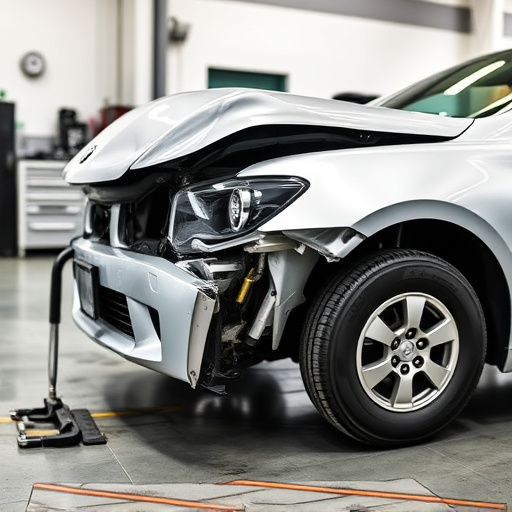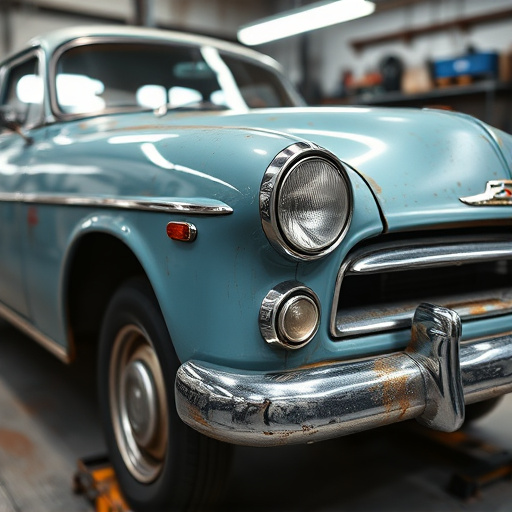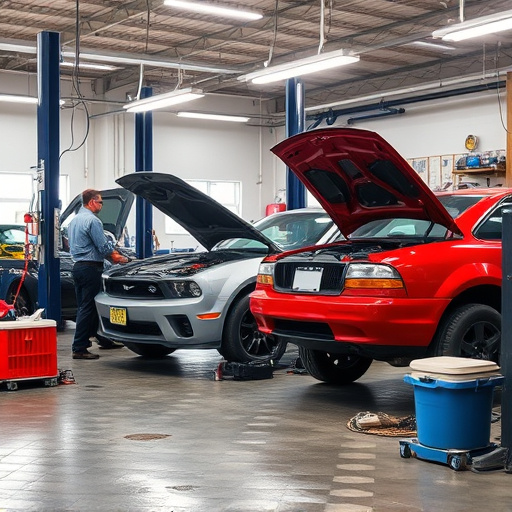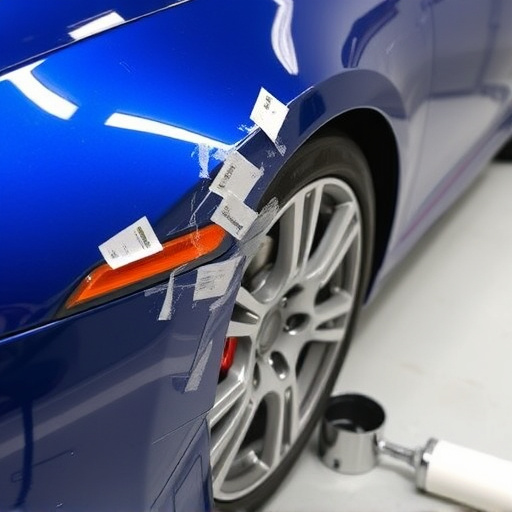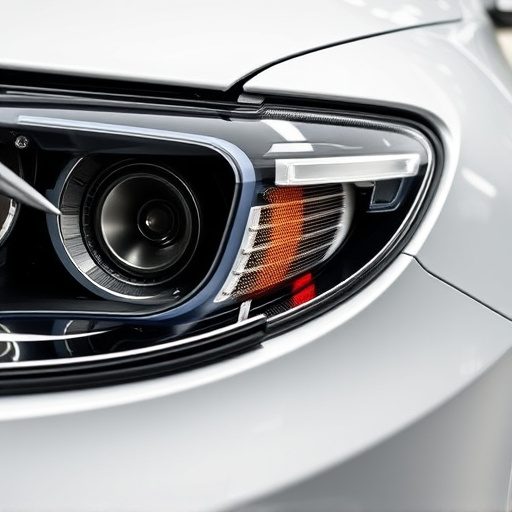OEM repair procedure access is vital for auto collision centers and technicians to meet original design, performance, and safety standards. It enables accurate body repairs, preserves vehicle value, and ensures optimal post-repair outcomes. Access involves contacting OEMs or authorized representatives for documentation and training materials, which should be stored digitally for easy technician reference to enhance customer satisfaction and vehicle safety.
In today’s automotive landscape, ensuring efficient and reliable repairs is paramount. For common car issues, Original Equipment Manufacturer (OEM) repair procedures are key. This article delves into the basics of OEM repair processes, explores typical car parts requiring OEM access for fixes, and provides steps to secure these crucial details. Understanding and accessing OEM information enables technicians to deliver top-tier service, ensuring vehicles return to peak performance promptly.
- Understanding OEM Repair Procedures: The Basics
- Common Car Parts Needing OEM Access for Repairs
- Steps to Secure OEM Repair Details for Efficient Service
Understanding OEM Repair Procedures: The Basics

Understanding OEM Repair Procedures: The Basics
OEM (Original Equipment Manufacturer) repair procedures are a set of detailed guidelines and specifications that dictate how to correctly fix or replace specific car parts. These procedures ensure that repairs align with the vehicle’s original design, performance, and safety standards. Accessing OEM repair procedure access is crucial for auto collision centers and skilled technicians because it provides them with the accurate information needed to perform high-quality car body repair and car paint services.
By following these guidelines, auto collision centers can ensure that any repairs or replacements made are consistent with the manufacturer’s quality standards. This not only preserves the vehicle’s original value but also guarantees optimal performance and safety. It’s important for folks considering auto collision repairs to understand that these procedures are designed to be comprehensive and specific, making them a vital resource in achieving top-notch car body repair outcomes.
Common Car Parts Needing OEM Access for Repairs
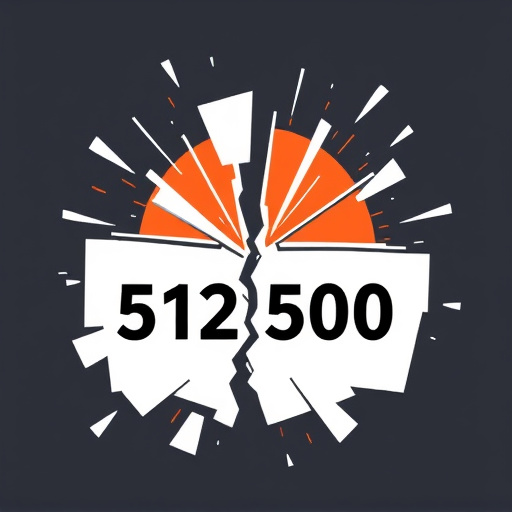
In the realm of automotive maintenance and repairs, Original Equipment Manufacturer (OEM) access is crucial for ensuring quality and longevity in car collision repair and car body restoration processes. Common car parts that frequently require OEM repair procedure access details include engines, transmissions, and complex electrical systems. When a vehicle undergoes a collision or requires significant body work, original equipment parts are essential to match the exact specifications and performance of the vehicle before the incident. This is particularly vital in maintaining the safety features and overall functionality of modern cars, which often come equipped with advanced technologies.
Collision repair centers rely on OEM access to replace or repair critical components accurately. For instance, a car’s engine, transmission, or electrical systems must be restored to their original specifications to guarantee optimal performance and safety standards. This is where OEM repair procedure access plays a pivotal role in the entire collision repair process, ensuring that the vehicle returns to its pre-accident condition without compromising on quality or safety measures.
Steps to Secure OEM Repair Details for Efficient Service

Securing OEM (Original Equipment Manufacturer) repair procedure access is a pivotal step for providing efficient and effective auto body services, especially in the event of car collision repair. It involves gaining comprehensive insights into the specific procedures and guidelines set by the vehicle manufacturer. The first step is to establish contact with the OEM or their authorized representatives, who can provide detailed documentation and training materials tailored to various models and makes. This initial engagement ensures that technicians are equipped with the latest information, enabling them to perform high-quality fender repair and other specialized services.
Once connected with the OEM, businesses should create a structured system for storing and accessing these access details. Digital platforms or secure online portals can be utilized to organize and retrieve procedures quickly. By implementing these steps, auto body shops streamline their operations, ensuring that every repair process aligns with the manufacturer’s standards. This not only enhances customer satisfaction but also guarantees the longevity and safety of vehicles undergoing fender repair or other collision-related services.
In conclusion, understanding and securing OEM (Original Equipment Manufacturer) repair procedure access details is paramount for efficient and effective car servicing. By familiarizing yourself with these procedures and the common parts requiring OEM access, you can ensure that repairs are carried out to the highest standards, preserving the integrity of your vehicle’s performance and value. Following the outlined steps will enable you to navigate this process smoothly, ultimately fostering a reliable and professional repair experience.
